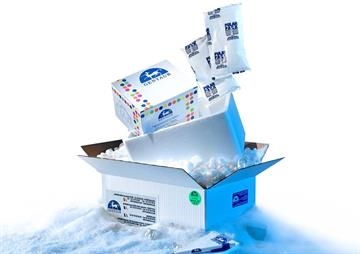Human IL-9 Recombinant Protein
525.00 €
525.00 €
In Stock
quantity
product details
Catalog number: 519 - PROTP15248
Product Category: Business & Industrial > Science & Laboratory
Supplier:
Gentaur
Size: Regular: 10ug
Human IL-9 Recombinant Protein expressed in Baculovirus with His-tag. Sequence domain: 19-144aa. Application(s): SDS-PAGE. Endotoxin: < 1 EU per 1ug of protein (determined by LAL method).











